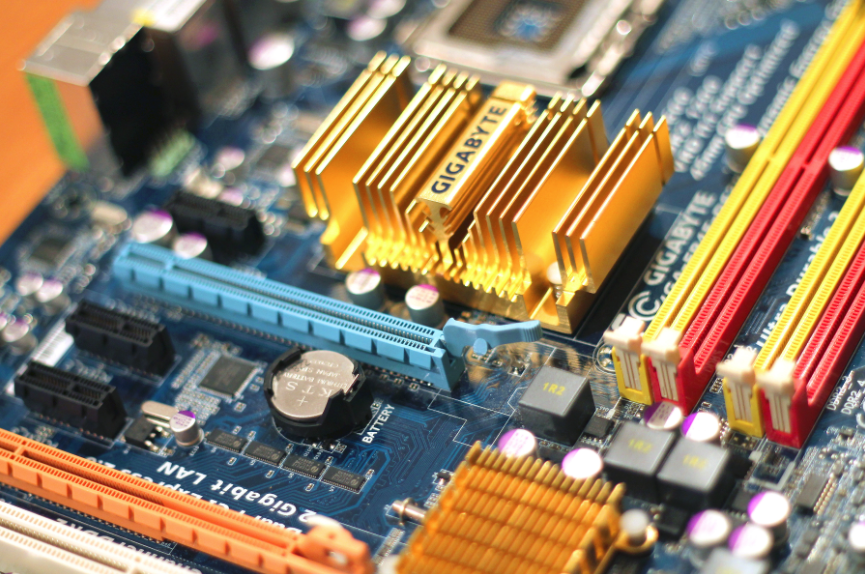Technology has become an increasingly dominant factor in modern education. Many students use their laptops for taking notes and writing assignments, and teachers have an easier time grading and organizing papers using websites such as Google Classroom. But when it get’s down the actual classes about the mechanics and math behind technology such as coding and robotics, the options are limited, at and outside of WIS.
While students here have an incredible amount of resources, there are many students who struggle with using technology to the best of their advantage, whether due to financial status, disability, race, or gender. WIS has spent much of it’s time teaching students the importance of being socially aware of global issues and the importance of volunteering, but how does one help people in need if they do not learn the proper skills needed to reach out and connect with others?
Technology is evolving and changing at a rapid pace and replacing old fashioned ways of communicating, connecting, and interacting with others. In the future, when WIS’s students are adults in the real world, possessing the skills to use technology in an efficient and innovative way will help them go far. Technology in education doesn’t always have to be science and math. It is a tool anyone can use to improve the way you live life and tell a story
Some teachers have been trying to incorporate more technology into the WIS curriculum. “The goal of the WIS community is to provide a really powerful education that has a global connection.” Jaime Chao, leader of Girls who Code said. “I think technology connects us.”
Chao, the Tregaron Learning and Technology Coordinator, is new to WIS this year and is trying to bring a new perspective into education at WIS. She is also the leader of a new club; girls Who Code. Since the options in the middle and high school are limited, this is the only place for many girls where they can learn the skills needed to use technology such as coding in a meaningful and expressive way.
Her goal is to integrate technology into the core curriculum experience. Since WIS is an open minded international school, it is important the curriculum teaches not only the technical tools behind technology, which is still important, but how to use technology in a powerful way that transforms ways of doing things, whether it’s writing an essay, playing a sport, or socializing with friends.
“Right now I don’t think that particular model exists”, says Chao of the education system at WIS. Chao isn’t the only staff member of the WIS community who believes there should be a change in the school curriculum. When asked if WIS has done a good job teaching it’s students how to use technology to communicate, Kerri Redding, the upper school teacher in digital arts has a straightforward answer.“I’m gonna say no. I don’t think so at all. We make an assumption now because you all (students) are born into a world where the tools are here, you know how to use them well.”
As well as promoting the use of technology in modern education, Chao and Redding are big supporters of inclusion and diversity in the field of technology. Studies show that up until age 12, girls are actually generally better at math and science than boys. But what happens to girls from ages 12 to 18?. “The type of social spaces girls feel most comfortable in, at this time and point in history, are different than the way boys feel most comfortable.” Chao explains. “Because of our socialization, girls have a tendency to listen and let people lead.”
Although the club has many supporters and members, not everyone feels the same about tech inclusion. “Technology should be based on skills, not to include certain people” Josephine Almekinders, a 9th grader at WIS states, “in the end the final decision should be made solely based on skill.”
By Elsa Coony


































































